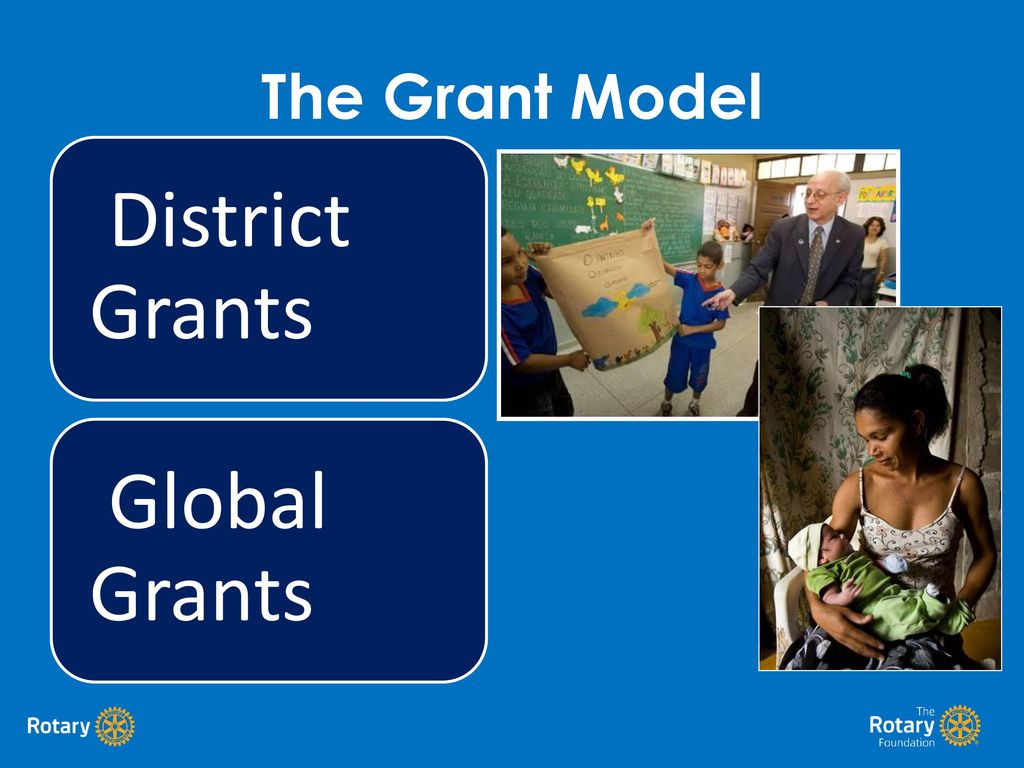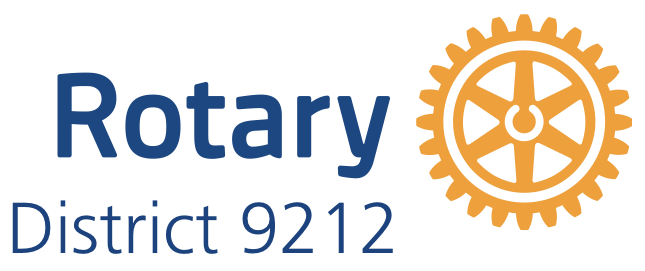Rotary grant model EVALUATED

In July 2018, The Rotary Foundation Cadre of Technical Advisers and Secretariat staff members conducted an evaluation on the Rotary Grant Model.
The purpose of the evaluation was to determine how satisfied Rotarians are with the new grant model, gauge their support for and understanding of the areas of focus, and assess the sustainability of global grant-funded projects, including feedback from beneficiaries. The evaluation included survey responses from nearly 2,800 people representing 128 countries. Some 138 Rotarians with a range of involvement in Rotary grants shared their experience and perspectives through global focus groups. Cadre members visited 59 sites to review projects’ sustainability and 38 sites to gather feedback from people who benefited from the projects
The findings of the grant model evaluation were shared with the Area of Focus Review Committee in March 2019, and with the Programs Committee and the Trustees in April 2019
In all three of these aspects, we are excited to report that our grant model is a success! Of the survey respondents:
- 93 percent say that the current grant model is better than the previous grant model
- 96 percent say that Rotary is working in the right areas of focus
- 62 percent feel that they are well-prepared to implement sustainability requirements
Key Findings
- Rotarian Satisfaction
Since the launch, the number of approved global grants has risen 50 percent, the average global grant award amount has risen 21 percent, and the average district grant award amount has risen 16 percent. Disease prevention and treatment is the most common area of focus for global grants.
2. Sustainability
• The evaluation assessed the potential for global grant projects to produce sustainable outcomes for the beneficiaries. 73 percent of grant sponsor survey respondents felt it was very important that Rotary be able to communicate about the sustainability of its projects. 62 percent of grant sponsor survey respondents felt they were well-prepared to implement sustainability requirements, and 60 percent felt the requirements were clear. Yet only 29 percent felt it was easy to incorporate sustainable elements into their project design.
3. Area of Focus
.96 percent of global grant sponsor survey respondents agree that Rotary is working in the right areas of focus. Of those Rotarians who agree that the six areas of focus are right for Rotary, 32 percent feel the areas of focus should be defined more broadly, and 2 percent feel they should be defined more narrowly. • Although the concept of adding the environment as an area of focus was not directly studied, feedback from surveys and focus groups revealed significant interest in this area, particularly among Rotaractors and alumni.
4. Monitoring and Evaluation
• Cadre observations of monitoring and evaluation systems in Level II (World Fund match over $50,000) and Level III (World Fund match over $100,000) projects show how a lack of useful monitoring and evaluation can hurt the ability to implement a project successfully.
5. Basic Education and Literacy
• Basic education and literacy ranks as the priority cause to support among Rotarians, Rotaractors, Alumni and non-Rotarians. The basic education and literacy sustainability score was the lowest of all areas of focus. The strong focus on technology, training, and purchasing equipment may be a factor.
6. Disease Prevention and Treatment
• Disease prevention and treatment once again has the highest number of global grant approvals and total award amounts each year. Rotarians’ interest in disease prevention and treatment goes beyond global grants — this area also has the highest number of Rotarian Action Groups of any area of focus.
7. Economic and Community Development (Now Community Economic Development)
Community economic development is the No. 2 preferred cause to support among Rotarians, Rotaractors, and non-Rotarians. Sustainability scores for community economic development projects increased slightly from 2015- 16, and were higher than the overall average for all grants.
8. Maternal and Child Health
• The goals and parameters of maternal and child health work are clear to Rotarians, who understand how to create eligible projects in this area of focus. Maternal and child health shows a significant percentage of vocational training team activity, higher than any other area of focus.
9. Peace and Conflict Prevention/Resolution (Now Peace building and Conflict Prevention)
• Peace building and conflict prevention remains the lowest in terms of grant activity. Scholarships comprise most of the activity. Survey data suggests that many Rotarians are unsure of how to design and implement a peace building and conflict prevention project.
10. Water and Sanitation (now Water, Sanitation, and Hygiene)
• Grant activity shows Rotarian strengths in certain kinds of projects, such as water supply and WASH in Schools. Water, sanitation, and hygiene projects that contained a water supply component also included elements that enhanced and increased sustainability.
11. Vocational Training Teams
• Survey respondents felt very comfortable with designing a vocational training team (93 percent) and aligning it with an area of focus (92 percent). 70 percent of survey respondents indicated that it was easy or moderately easy to organize a vocational training team, and 66 percent felt it was easy or moderately easy to develop a plan that aligned with the host community’s needs. Both represent a large increase over 2015-16.
In addition, since the launch of the current grant model in 2013, the average size of global grants has risen 21 percent, and the average size of district grants has risen 16 percent. We can all feel proud that our new grant model is working so well.
As leaders, we need to continue to remind clubs about the importance of community assessments. When we work with community members, these assessments help us understand what’s happening in a community, decide which challenges to tackle, and ultimately implement projects that are more sustainable and have greater impact.
Article by: Abby McNear – Director of Grants, Rotary International




